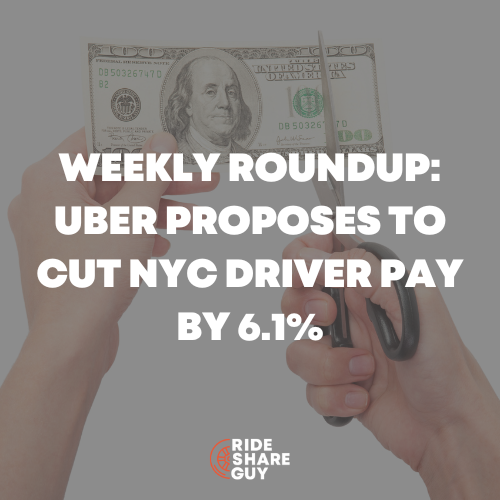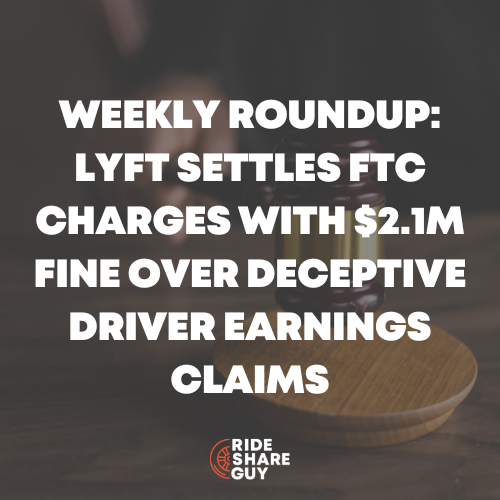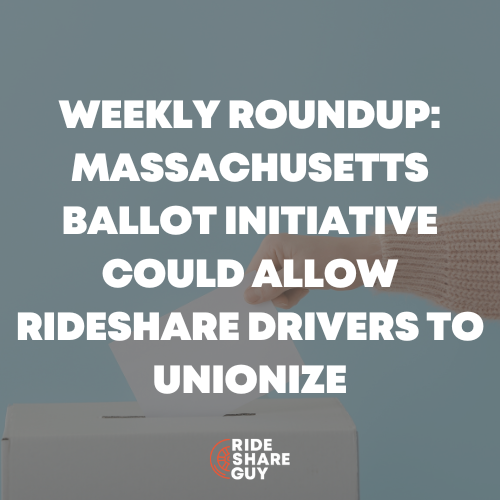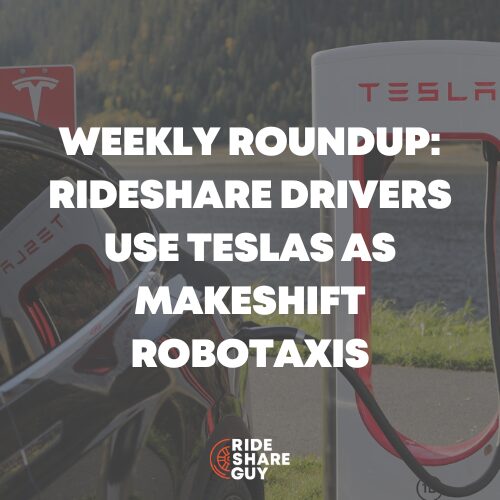Harry here. There was a lot of talk this week about Uber protests leading up to the Super Bowl. I’m not a labor or organizing expert, but it is something I’m learning more about every day and it seems like it could be a big political rallying point with the Presidential election coming up.
Today, RSG contributor John Ince shares his thoughts on Uber drivers taking a stand, gives us a quick update on the CA employee lawsuit and talks Uber re-branding. Personally, I think Uber’s new logo looks most like an A**hole 🙂
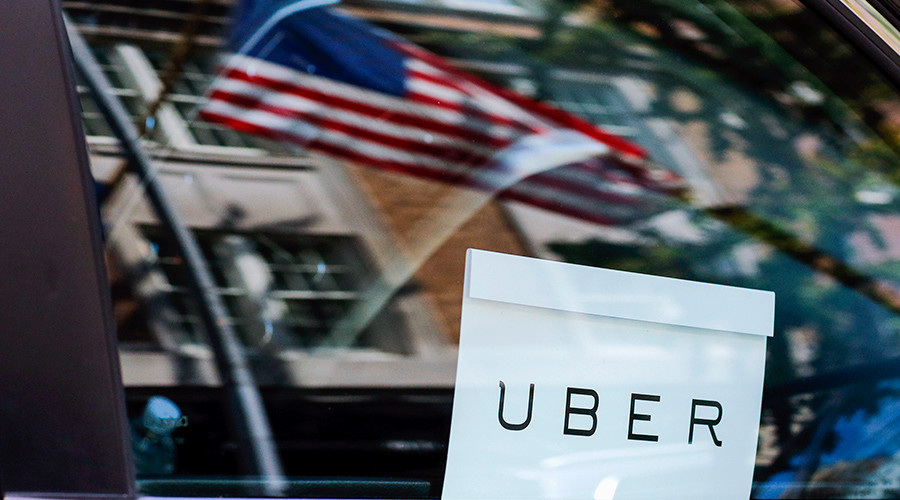
Uber Drivers and Others in the Gig Economy Take a Stand
Sum and Substance: Last September, Dallas-area drivers for UberBLACK, the company’s high-end car service, received an email informing them that they would be expected to start picking up passengers on UberX, its low-cost option. The next day, when the policy was scheduled to go into effect, dozens of drivers caravaned to Uber’s office in downtown Dallas and planted themselves outside until company officials met with them.
Many had taken out loans to buy luxury vehicles that cost upward of $35,000, and worried that the modest per-mile rate for UberX passengers would barely cover gas and wear and tear, to say nothing of their car payments. The standoff stretched across nearly three more tense days until Uber allowed them to opt out of the policy.“They thought we were just going to give up, walk away,” said Kirubel Kebede, a leader of the group. “But we said, ‘No, this is our livelihood.’”
In the rapid growth of the online gig economy, many workers have felt squeezed and at times dehumanized by a business structure that promises independence but often leaves them at the mercy of increasingly powerful companies. Some are beginning to band together in search of leverage and to secure what they see as fairer treatment from the platforms that make the work possible.
My Take: This is an excellent article that pulls together many different events, actions and trends that are reshaping the so called gig economy. The fact that it’s now on the radar of a mainstream publication like The New York Times indicates that all the individual actions and protests are making a difference.
Investors in companies like Uber and Lyft pay attention to the Gray Lady while they’re likely to dismiss reports in lesser known publications. Slowly but surely the landscape is changing, and when that big case hits the headlines next June in San Francisco, expect some real fireworks. See below:
Uber Loses Bid to Pause Drivers Group Lawsuit as Trial Looms
Sum and Substance: Uber Technologies Inc. lost its bid to freeze a lawsuit bound for trial over California drivers’ demands to be treated as employees while the company appeals rulings that dramatically increased the stakes in the case.
The U.S. Court of Appeals in San Francisco on Wednesday rejected Uber’s request to halt all proceedings in the class action while it seeks an order overturning a judge’s Dec. 9 ruling that added more than 100,000 drivers to the class action. A trial is set for June.
“I think this is a strong statement that the Ninth Circuit believes this trial must go forward without delay,” Shannon Liss-Riordan, a lawyer for the drivers, said in a statement. “We are looking forward to this trial.”
In his Dec. 9 ruling, Chen concluded the company’s contract with its drivers improperly required them to resolve disputes through arbitration, preventing them from suing. In the same decision, he allowed all drivers covered by the case to seek expense reimbursement, including as much as 57 1/2 cents for every mile driven. Chen had previously allowed the drivers to seek tips in the case.
My Take: The drumbeat continues for the big day in court next June in San Francisco. If drivers win in San Francisco, it’s a whole new ballgame. Drivers would be entitled to benefits and reimbursement for expense like regular employees – as well as being able to legally organize and negotiate as unions. Now that would be something to write about.
Uber Drivers’ Rates Protest Takes to the SF Streets
Sum and Substance: The Uber drivers are milling around in the parking lot of the now demolished Candlestick Park and they’re antsy. But mostly, they’re pissed. They’re making less than when they first started driving for the company.
Their leader Mario (last name withheld) shows up a few minutes before the 2pm meeting time followed by an additional 20 cars. The group crowds around him as he hands out fliers and peppers him with questions. They’re getting organized to show the ride-sharing platform how upset they are and in the process, screw up traffic in San Francisco.
They call themselves Uber Drivers United. Yesterday a video surfaced of Mario describing today’s event and inviting drivers to join them. He expected 1,500 to 2,000 protesters. The reality is far less. Maybe 150 protesters showed up and listened to their leader air his grievances. The core issue is the dwindling amount of money they’re taking home. Mario tells Engadget that someone at Uber leaked information to him that a $.50 per-mile rate was coming ahead of the Super Bowl. For drivers already struggling with the fact that their take-home pay is less than when they started, it’s a powerful rallying point.
My Take: This is a breaking story and we likely won’t know what effects the current round of protest have until after the Superbowl. For the moment the protest is not only clogging the streets of San Francisco, but also clogging the blogs and Facebook groups.
Harry correctly points out that the actual number of drivers protesting is minuscule in comparison to the total number of drivers out there. But the ones honking their horns seem to be getting outsized publicity. Publicity like this ebbs and flows. The execs inside Uber headquarters only pay attention to what they have to. Like most billionaires, they’re pretty well insulated from what happens in the streets. My guess here is that they’ll wait it out and probably snicker among themselves about it all – doing absolutely nothing until it hits them where it hurts: in the bottom line.
Lyft’s deal With Waze Highlights Uber’s Weakness: Relationships
Sum and Substance: In a business all about connections, Uber has missed some big ones. The battle of the ride-hailing apps can seem like a lopsided David-and-Goliath story, with Uber doing around 15 times as many rides per month as its closest competitor, Lyft. But those numbers might be concealing some of Lyft’s longer-term advantages in tactics, positioning, and even culture.
This fact was highlighted by a Tuesday announcement from crowdsourced navigation app Waze. The company’s new Transport SDK (Software Development Kit) will help developers integrate Waze traffic data into Lyft.
Waze will now be the default navigation tool for Lyft drivers, and integration will enable new features, like seamless switching between Lyft and Waze apps. The announcement presents a stark contrast to Uber’s own efforts to improve its maps.
Last year, Uber reportedly explored an acquisition of HERE, a Google Maps competitor then owned by Nokia, but that deal fizzled. Instead, it ended up acquiring an image-gathering slice of Bing’s mapping operations, and hiring a former Google Maps exec. Uber has since started sending out its own mapping cars, evidence that it’s committing to doing the work of improving mapping data itself. The decision is emblematic of Uber’s go-it-alone ethos—and the drawbacks thereof.
My Take: This is an insightful article that highlights what is emerging as one of Lyft’s key strategic advantages of the much larger rival Uber. Lyft knows how to strike deals with collaborators, while Uber figures they’ve got enough money to build stuff on their own.
Take Lyft’s strategic alliance with Didi Kua in China. It cost them nothing and gave them a toe hold in the world’s largest market, while Uber is investing well over a billion in what increasingly appears to be an ill-conceived attempt to compete with more native companies who have better feel for local customs and more political clout in the Chinese market.
Ellen Pao’s not so excellent Lyft adventure with a juror from her trial
Sum and Substance: Moral dilemmas can take you for a ride sometimes. You’re trying to have a decent day, and suddenly life tosses you lemons from which the best you might hope for is a little acid. This is what appears to have happened to Ellen Pao.
Pao is the women who accused Silicon Valley venture capital firm Kleiner Perkins Caulfield and Byers of sex discrimination that went on for six years. She sued in 2012. Last March, a jury of six men and six women rejected Pao’s claim. Her lawsuit did, however, expose more fully the painful prevalence of male-dominated attitudes in the tech world.
On Saturday morning, Pao booked herself a Lyft that may have turned out to be a bit of downer. She shared her moral dilemma on Twitter: “So my Lyft driver this morning was a juror who voted & spoke against my case. He did a great job driving.” What to do? Stare at him throughout the journey with a menacing expression? Smile gracefully, but eat a banana and leave the peel on the floor?
My Take: This story reminds me of that old Harry Chapin song: taxi where a taxi driver ends up picking up an old girlfriend who gives him a $20 tip. We don’t know if Pao tipped her former juror, but we can guess there were some awkward moments during the ride.
The Inside Story of Uber’s Radical Rebranding
Sum and Substance: Today, millions of people around the world will turn on their smartphones and scan their screens for the black-and-white Uber icon, only to find it missing. Instead, they’ll see a colorful geometric shape—hexagonal if they drive, circular if they’re a rider—surrounding a small, bit-like square.
The colors and patterns will vary from country to country—red in China, turquoise in India, dark teal in the United States—but everywhere, the app will open with an elegant, patterned animation, welcoming users to the new Uber. Go check for yourself, if you haven’t already. Does it work? Do you like it? Are you freaking out?
Be honest. Because right now, on the fourth floor of Uber’s cavernous offices in downtown San Francisco, the company’s pugnacious founder and CEO, Travis Kalanick, is waiting to hear what people think. He’s probably pacing; it’s what he does when he works through problems, and this is a problem he’s been working through for more than two-and-a-half years. “I don’t know what’s going to happen,” he tells me five days before launch. It can take time for people to come around to something so new, he says, “but I feel that it’s going to be good.”
My Take: So far Uber seems to be getting a lot of flak in the media for what many call an unnecessary branding exercise. Personally I like the new look, and by using colors they can communicate to different audiences. Apparently each country is going to get its own color scheme. The author of this article suggest the re-branding is part of a “coming of age” tale. I’m not convinced Uber has yet come of age. When they start treating drivers with respect, I’ll believe it.
Uber Settles ‘Safest Ride’ False Advertising Class Action Lawsuit
Sum and Substance: The potential Uber class action lawsuit that alleged the company falsely advertised its background check procedures ended with a private settlement.
Uber calls itself a “transportation network company,” which has a website and smartphone app connecting people who want rides with people willing to use their own cars to drive people, creating a private taxi service. Uber states that it is “better, faster, and smarter than a taxi.”
The Uber false advertising class action lawsuit filed in January of 2015, took issue with Uber’s statements that it provided the “Safest Ride on the Road” by using “industry leading” background checks. Plaintiff Jacob Sabatino alleged that Uber does not offer a training program for new drivers, does not require any oversight or supervision of its drivers, and does not, in fact, even meet drivers before they start working for the company.
Sabatino asserted that Uber and the other defendants “do not have the safest ride on the road, do not use industry leading background checks, do not train or supervise their drivers, and are continuously violating California laws.” Sabatino claimed that if he had known Uber’s statements were false or misleading, “he would not have used the Uber App to obtain a ride.”
On Jan. 20, attorneys for both plaintiff Sabatino and defendant Uber Technologies, Inc., ended the potential class action lawsuit, saying that “The Parties have signed a confidential settlement agreement that resolves Plaintiff’s claims against Defendants in their entirety.”
My Take: My guess is that Uber wanted to dispose of this case to get it out of the news, especially at a time when they have loosened their hiring requirements. Safety is at the core of Uber’s public posture. Anything that compromises safety or the perception of it places Uber’s entire business model in jeopardy.
What did you think of today’s round up? Have you sign the new Uber app, and what do you think of it?
